This is the first of a new eight-week campaign aimed at growing your own winter feed.
Fodder watch will track the progress of farmers from around the country trying to pull themselves out of a winter feed deficit.
Each farmer is doing something different. Some are growing fodder crops for livestock farmers, others are closing up ground for a third cut, some are buying a third cut off someone else while others are going to spread more fertiliser to grow more grass.
We will follow the progress of each case every week until the end of September.
The overall objective is to raise awareness of the options available, and to learn from each other about the best ways to maximise yield and overcome issues around growing and harvesting.
The main focus is on the field and the crop, whether that’s grass or a forage crop. Sowing method, seeding rate, fertiliser plan, growing management and costs will all be discussed.
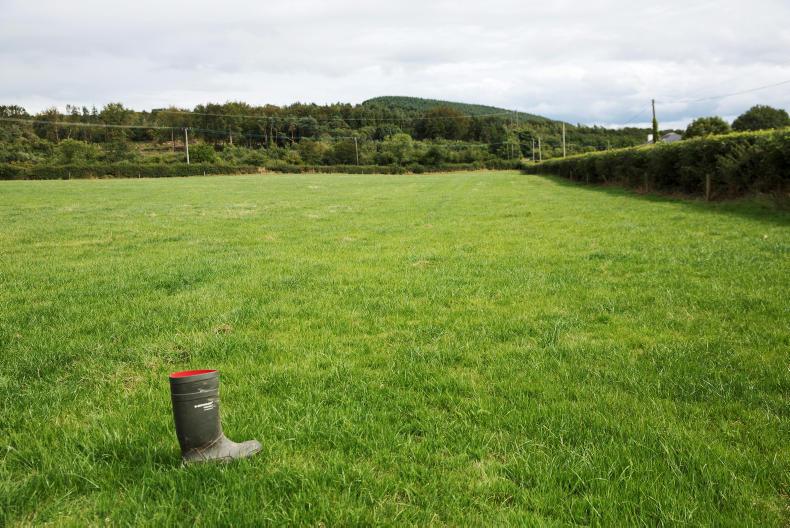
Jack Kearney’s field stopped for silage. \ Donal O’Leary
Rathcormac, Co Cork
The Kearney family from Rathcormac in Co Cork currently have about 40% of the winter feed needed for their 140 cows and followers. Larry and Annette are farming with their son, Jack. This is the first year they are doing a third cut and they hope it will fill half of the deficit and they will use soya hulls to fill the other half. The second cut was harvested two weeks ago and yielded just 3.3 bales/acre. That ground has a cover of about 500kg/ha today and was spread with 38 units/acre of 20:0:15 on 3 August. The plan is to top it up with more fertiliser in a few weeks’ time. The land is all in outfarms so slurry isn’t an option and they have used up their chemical phosphorus allowance.
Fodder crop on a livestock farm
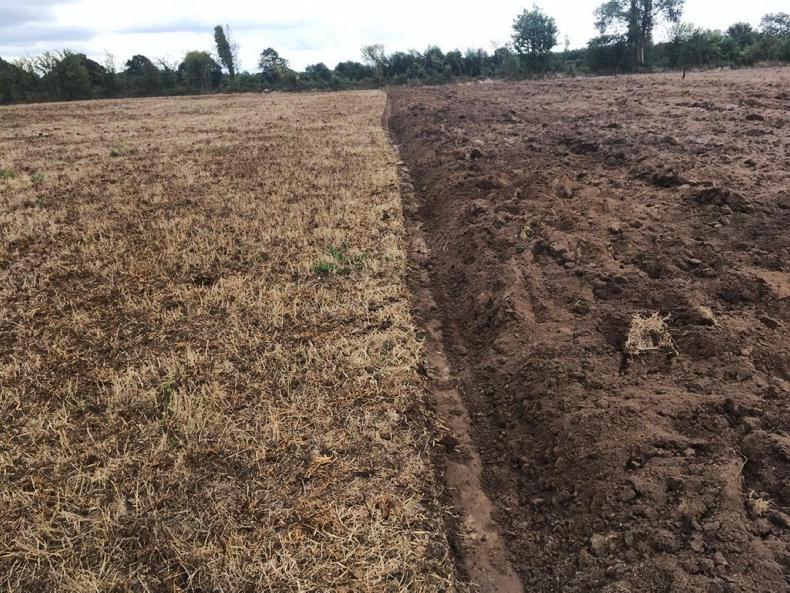
Ploughing for hybrid rape at Tullamore Farm.
Tullamore Farm, Co Offaly
The Irish Farmers Journal beef and sheep farm in Tullamore is short of 20% of its winter feed requirement. Eighteen acres of hybrid rape (12 acres of Redstart and six acres of Interval) was sown this week (Wednesday 8 August) at a seeding rate of 3.5kg/acre and three bags/acre of 18:6:12. The field was originally sprayed off and due to be reseeded but wasn’t because of the drought and then last week the decision was made to sow a fodder crop to produce more winter feed. Farm manager Shaun Diver expects the crop to grow somewhere between 3t/ha and 5t/ha of dry matter and will put weanling heifers on it for the winter. Round bales of silage will be placed on it over the next few weeks.
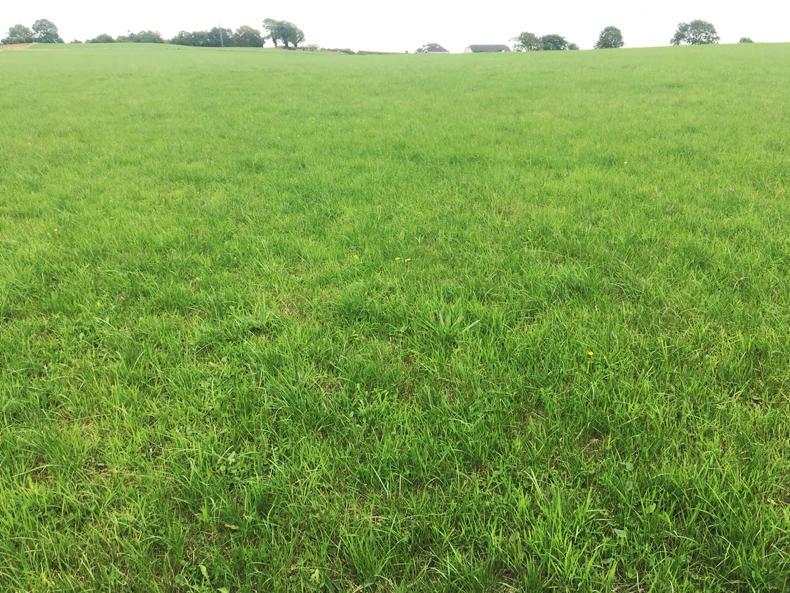
This field in the midlands that is being bought for a third cut has a cover of about 500kg/ha on it.
Co Kilkenny
This farm in Kilkenny is short 60% of its winter feed requirement. In order to make up this deficit, the farm has been trying to source silage locally, but due to the severity of the drought in the region and the delay in grass recovery, the farm has had to look further afield. A 22ac field 100km away in the midlands has been sourced through word of mouth. The field is owned by a beef farmer. The farmer has agreed to pay €50/ac upfront and €50/ac at harvest in late September. The deal has just been sealed and two bags/acre of cut sward fertiliser will be spread by a contractor this weekend. In his sums based on making seven bales/acre, it will cost him €41/bale all in. At six bales/ac, it will cost him €45/bale and at five bales/ac, it will cost him €50/bale. Of this, transport costs €9/bale.
Growing grass on a tillage farm
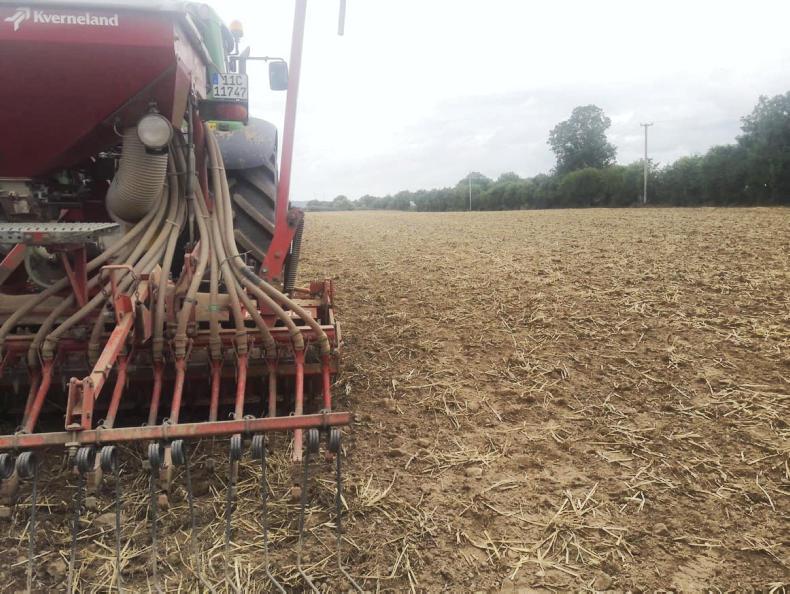
Seed bed preparation under way on John Stokes’ tillage farm in Co Cork where Westerwolds will be sown.
Doneraile, Co Cork
John Stokes is a tillage farmer growing Westerwolds grass after harvesting a field of winter barley on his farm in Doneraile, Co Cork. The crop is grown on contract for a livestock farmer and the plan is to take bales off it in mid-October and again next March before sowing the field back to spring barley. The field was sown on 27 July with 16kg/ac of Westerwold seeds and it got two bags/acre of 10:10:20 and one bag/acre of muriate of potash before tilling. The field wasn’t ploughed but was tilled with a big harrow and sowed with a one-pass and then rolled. The seeds are already up and the take has been good. John says the job over the next week will be to pick stones.
Growing fodder
on a tillage farm
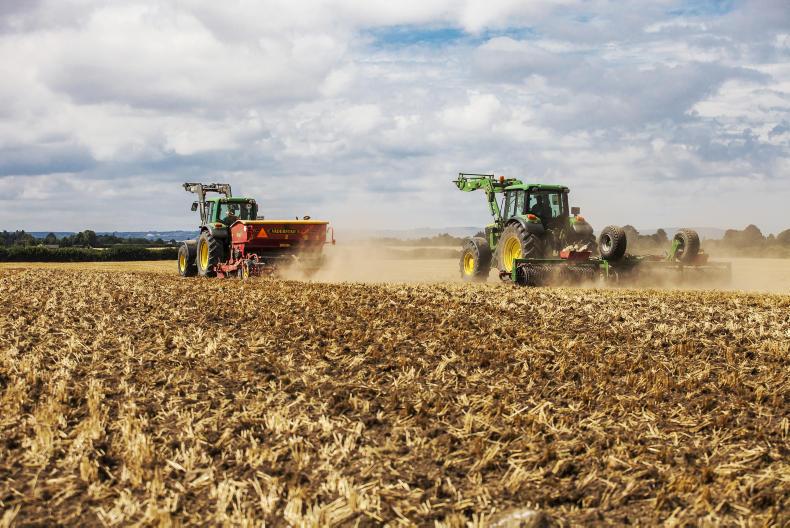
Tillage farmer Michael O’Brien from Ardmore in Athy is sowing a hybrid fodder crop of Redstart rape and kale, having harvested his crop of winter barley.
Athy, Co Kildare
Michael O’Brien from Athy in Co Kildare is growing 30 acres of the hybrid brassica Redstart for sale to a local livestock farmer. The crop was sown two weeks ago at 3kg/ac following winter barley. The stubbles were disked before spreading two bags/acre of 0:7:30 and two bags/acre of 27% N + S. The crop was then sown with a Vaderstad drill and rolled. Final fertiliser prices are to be confirmed but estimated establishment costs are between €126/ac and €134/ac. The crop was sown on 27 July and it’s already up.
This is the first of a new eight-week campaign aimed at growing your own winter feed.
Fodder watch will track the progress of farmers from around the country trying to pull themselves out of a winter feed deficit.
Each farmer is doing something different. Some are growing fodder crops for livestock farmers, others are closing up ground for a third cut, some are buying a third cut off someone else while others are going to spread more fertiliser to grow more grass.
We will follow the progress of each case every week until the end of September.
The overall objective is to raise awareness of the options available, and to learn from each other about the best ways to maximise yield and overcome issues around growing and harvesting.
The main focus is on the field and the crop, whether that’s grass or a forage crop. Sowing method, seeding rate, fertiliser plan, growing management and costs will all be discussed.

Jack Kearney’s field stopped for silage. \ Donal O’Leary
Rathcormac, Co Cork
The Kearney family from Rathcormac in Co Cork currently have about 40% of the winter feed needed for their 140 cows and followers. Larry and Annette are farming with their son, Jack. This is the first year they are doing a third cut and they hope it will fill half of the deficit and they will use soya hulls to fill the other half. The second cut was harvested two weeks ago and yielded just 3.3 bales/acre. That ground has a cover of about 500kg/ha today and was spread with 38 units/acre of 20:0:15 on 3 August. The plan is to top it up with more fertiliser in a few weeks’ time. The land is all in outfarms so slurry isn’t an option and they have used up their chemical phosphorus allowance.
Fodder crop on a livestock farm

Ploughing for hybrid rape at Tullamore Farm.
Tullamore Farm, Co Offaly
The Irish Farmers Journal beef and sheep farm in Tullamore is short of 20% of its winter feed requirement. Eighteen acres of hybrid rape (12 acres of Redstart and six acres of Interval) was sown this week (Wednesday 8 August) at a seeding rate of 3.5kg/acre and three bags/acre of 18:6:12. The field was originally sprayed off and due to be reseeded but wasn’t because of the drought and then last week the decision was made to sow a fodder crop to produce more winter feed. Farm manager Shaun Diver expects the crop to grow somewhere between 3t/ha and 5t/ha of dry matter and will put weanling heifers on it for the winter. Round bales of silage will be placed on it over the next few weeks.

This field in the midlands that is being bought for a third cut has a cover of about 500kg/ha on it.
Co Kilkenny
This farm in Kilkenny is short 60% of its winter feed requirement. In order to make up this deficit, the farm has been trying to source silage locally, but due to the severity of the drought in the region and the delay in grass recovery, the farm has had to look further afield. A 22ac field 100km away in the midlands has been sourced through word of mouth. The field is owned by a beef farmer. The farmer has agreed to pay €50/ac upfront and €50/ac at harvest in late September. The deal has just been sealed and two bags/acre of cut sward fertiliser will be spread by a contractor this weekend. In his sums based on making seven bales/acre, it will cost him €41/bale all in. At six bales/ac, it will cost him €45/bale and at five bales/ac, it will cost him €50/bale. Of this, transport costs €9/bale.
Growing grass on a tillage farm

Seed bed preparation under way on John Stokes’ tillage farm in Co Cork where Westerwolds will be sown.
Doneraile, Co Cork
John Stokes is a tillage farmer growing Westerwolds grass after harvesting a field of winter barley on his farm in Doneraile, Co Cork. The crop is grown on contract for a livestock farmer and the plan is to take bales off it in mid-October and again next March before sowing the field back to spring barley. The field was sown on 27 July with 16kg/ac of Westerwold seeds and it got two bags/acre of 10:10:20 and one bag/acre of muriate of potash before tilling. The field wasn’t ploughed but was tilled with a big harrow and sowed with a one-pass and then rolled. The seeds are already up and the take has been good. John says the job over the next week will be to pick stones.
Growing fodder
on a tillage farm

Tillage farmer Michael O’Brien from Ardmore in Athy is sowing a hybrid fodder crop of Redstart rape and kale, having harvested his crop of winter barley.
Athy, Co Kildare
Michael O’Brien from Athy in Co Kildare is growing 30 acres of the hybrid brassica Redstart for sale to a local livestock farmer. The crop was sown two weeks ago at 3kg/ac following winter barley. The stubbles were disked before spreading two bags/acre of 0:7:30 and two bags/acre of 27% N + S. The crop was then sown with a Vaderstad drill and rolled. Final fertiliser prices are to be confirmed but estimated establishment costs are between €126/ac and €134/ac. The crop was sown on 27 July and it’s already up.










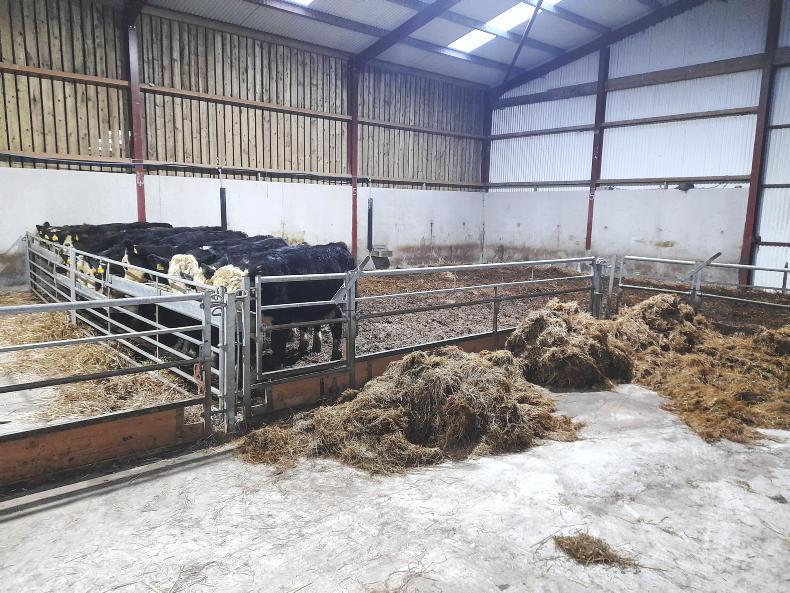

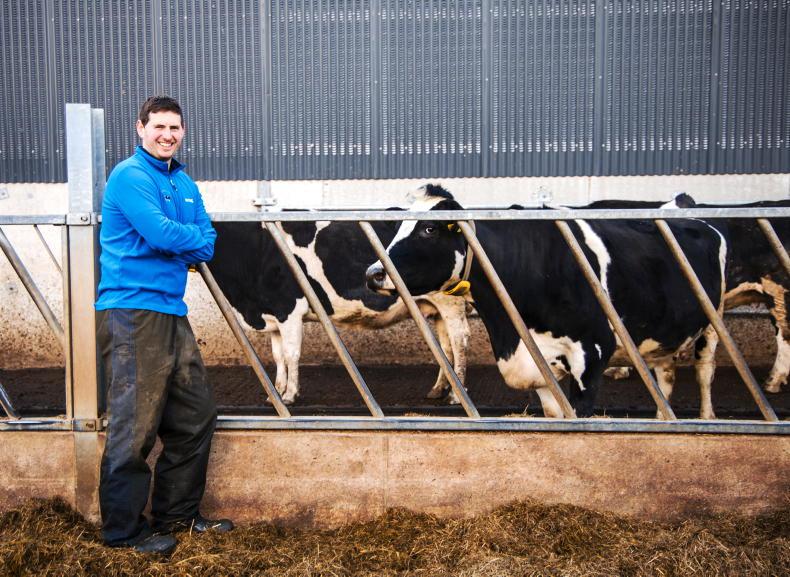
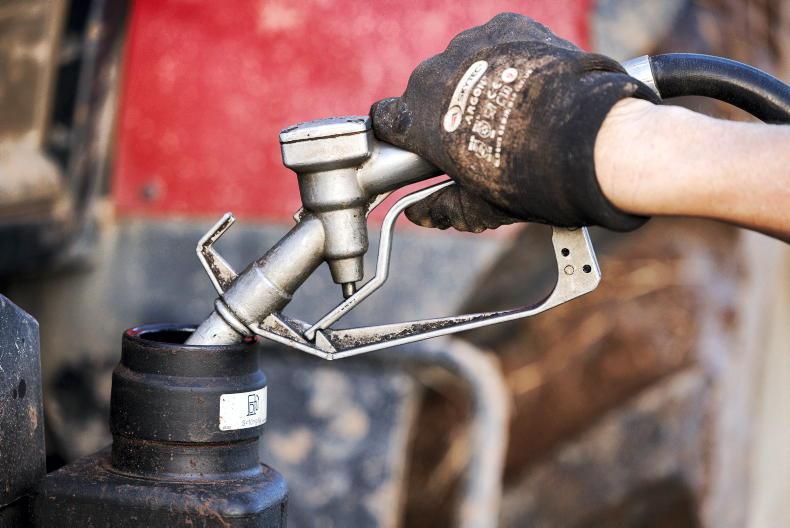
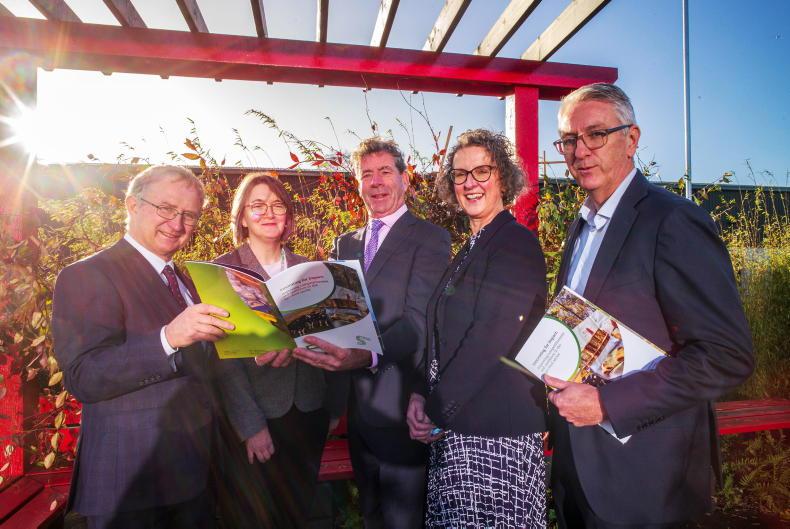
SHARING OPTIONS